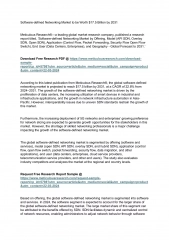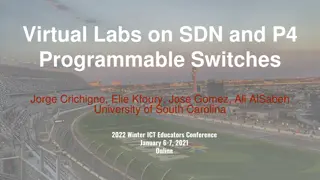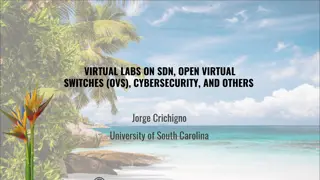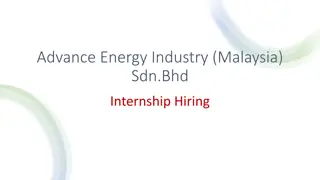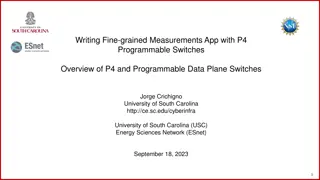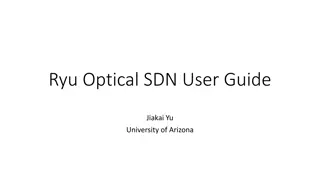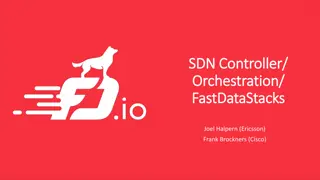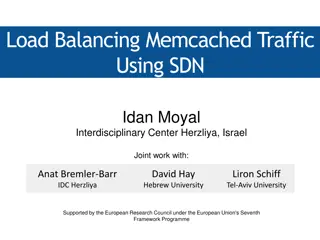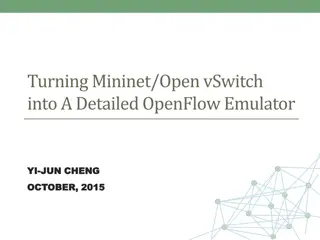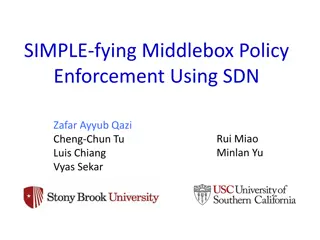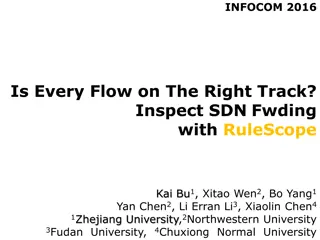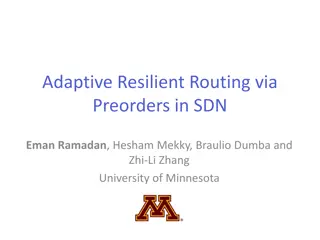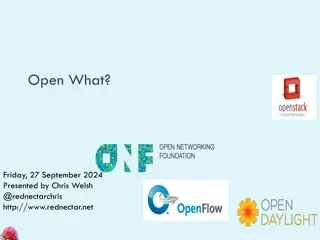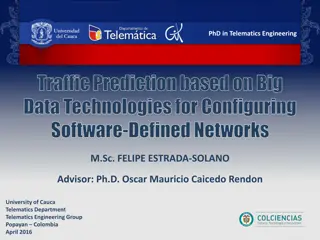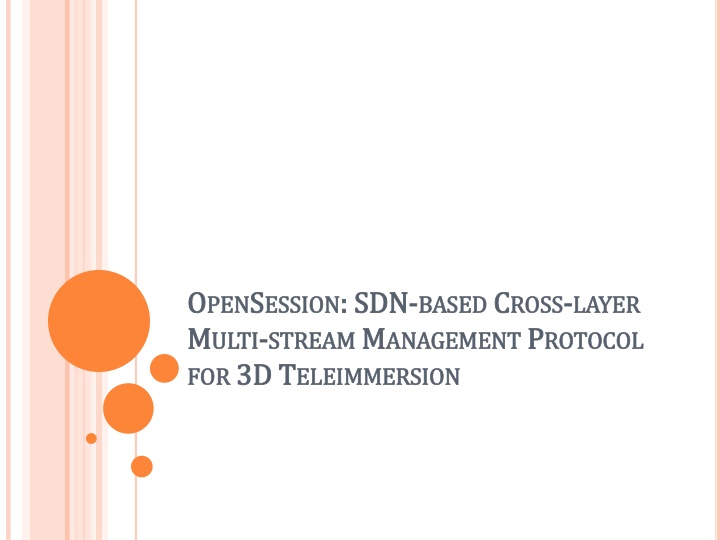
Advanced 3D Teleimmersion with OpenSession Protocol: A Network Management Perspective
Explore the innovative OpenSession protocol for managing multi-stream teleimmersion in 3D environments. Learn about the benefits, challenges, and framework of OpenSession in enabling seamless collaboration and reduced bandwidth usage in virtual spaces. Discover how this protocol optimizes session management and enhances the overall teleimmersion experience.
Download Presentation

Please find below an Image/Link to download the presentation.
The content on the website is provided AS IS for your information and personal use only. It may not be sold, licensed, or shared on other websites without obtaining consent from the author. If you encounter any issues during the download, it is possible that the publisher has removed the file from their server.
You are allowed to download the files provided on this website for personal or commercial use, subject to the condition that they are used lawfully. All files are the property of their respective owners.
The content on the website is provided AS IS for your information and personal use only. It may not be sold, licensed, or shared on other websites without obtaining consent from the author.
E N D
Presentation Transcript
O OPEN PENS SESSION M MULTI ULTI- -STREAM STREAMM MANAGEMENT FOR FOR3D 3D T TELEIMMERSION ELEIMMERSION ESSION: SDN : SDN- -BASED ANAGEMENTP PROTOCOL BASEDC CROSS ROSS- -LAYER LAYER ROTOCOL
OUTLINE Introduction 3D Teleimmersion Motivations Challenges OpenSession: Framework OpenSession: Protocol and Functionalities Evaluation Real 3DTI Setup PlanetLab
INTRODUCTION A surge of interest on telepresence video collaborative technologies over the past years. The emerging of 3D teleimmersion (3DTI) technology provides full-body interation of physical activities in a shared virtual environment. OpenSession decouples application layer data and control plane functionalities and partially offloads the data plane functionalities to network layer switches OpenSession leverages support from Software- defined network
3D TELEIMMERSION 3DTI application model
MOTIVATIONS Benefits Local bandwidth OpenSession introduces a significant reduction of 3DTI bandwidth within local network of participating sites since the stream replication and forwarding is done by OpenFlow switch. End-to-end delay Since the forwarding of stream is done by network switch, the end-to-end delays are reduced. Processing load In OpenSession, the network layer is responsible for streams replication and forwarding, so the application layer is not impacted by the increase of number of participants of a stream. System resiliency Since the multicast forwarding is separated from the application layer, the failure of an application gateway does not interfere the real-time collaborative experience among other participating sites.
CHALLENGES Per-stream differentiation To forward stream at OpenFlow switches according to multi-stream overlay distribution graphs, OpenSession must ensure differentiation of network packets at the switches. Overlay to flow table mapping Ensure that flow table rules are consistently installed at all the participating OpenFlow switches. Seamless view change The creation of new topology and the removal of old topology for streams should be performed concurrently to ensure no transient bandwidth overloading and network disconnectivity.
OPENSESSION: FRAMEWORK OpenSession control plane consists of a three- layer session management hierarchy.
OPENSESSION: FRAMEWORK (CONT.) Global session controller (GSC) Construct an optimized multi-stream overlay content distribution topology during session initiation and update (such as view changes) and send the overlay routing to the corresponding LSC. The information is represented by a session routing table or SRT Local session controller (LSC) Update session routing table (gSRT) at local gateway Forward SRT to local SWC to map it to the switch flow table (FT) Switch controller (SWC) Communicate with the OpenFlow switches Data plane
OPENSESSION: PROTOCOL AND FUNCTIONALITIES Multi-stream overlay mapping Overlay topology to SRT mapping Define the forwarding actions for each stream at each participating sites Consist of three fields: (1) Match field. (2) Forwarding action which contains a list of gateway IPs to forward the matching streams to. (3) Dirty bits which indicates whether an entry has been modified. SRT to gSRT mapping Define the forwarding responsibility for the application layer data plane at gateway SRT to FT mapping Prune SRT entry: map only dirty SRT entries and prune entries that are already in gSRT Update match field Update action list
OPENSESSION: PROTOCOL AND FUNCTIONALITIES (CONT.) Seamless session adaptation Seamless route update problem overloading when redundant streams are transmitted to any participating site disconnectivity when streams are temporarily unavailable. Route update problem formulation The graph is repesented by a connectivity matrix ??, where ??[i][j]=1 if Site-i forwards streams S to Site-j, otherwise ??[i][j]=0. Graph transformation problem: Transform to for each stream S, where .
OPENSESSION: PROTOCOL AND FUNCTIONALITIES (CONT.) Seamless session adaptation Route update solution overview Consider an additional packet header field ( ) in the FT match entry. Deleting obsolete rules: old rule that become obsolete are automatically deleted using OpenFlow-defined timeout primitive. OpenSession route update algorithm First, we need to specify each time when a route update happens Secondly, FT entries in the remote sites should be updated before updating FT entries at the source site. Multi-stream route update All modified streaming paths are done in parallel Route update can be dependent if the update routes overlap at any sites
EVALUATION: REAL 3DTI SETUP Setup 4 3DTI sites in different types of network Each site contains 8 video streams Read streams from stored files of a 1-hour session Implement SWC as a module of Floodlight controller Initially, all sites request the same set of the streams Compare the OpenSession performance with a no OpenSession case
EVALUATION: REAL 3DTI SETUP (CONT.) Performance metrics Local bandwidth How much bandwidth we use within local network between gateway and the OpenFlow switch at each site. (55% reduction) How much bandwidth we use within local network for remote streams (35% reduction) Processing load Processing load of the gateway include stream receiving, scheduling, and forwarding load of the application. (improve by 42%) End-to-end delay Network transmission delay. (45% gain)
EVALUATION: REAL 3DTI SETUP (CONT.) Impact of view changes View change latency In OpenSession, the view change latency involves some setups for updating considering the impact on victim sites. View change resiliency
EVALUATION: PLANETLAB Consider three overlay construction approaches Random A random multi-stream topology is constructed during initial session. During view changes, streaming sources are selected randomly ViewCast Multi-stream topology is constructed considering the stream priority during initial session. During view changes, the higher priority streams are restored first. OSM The initial multi-stream topology is constructed using evolutionary optimization to ensure optimized overlay considering stream priority Optimal streaming paths are selected during view changes

